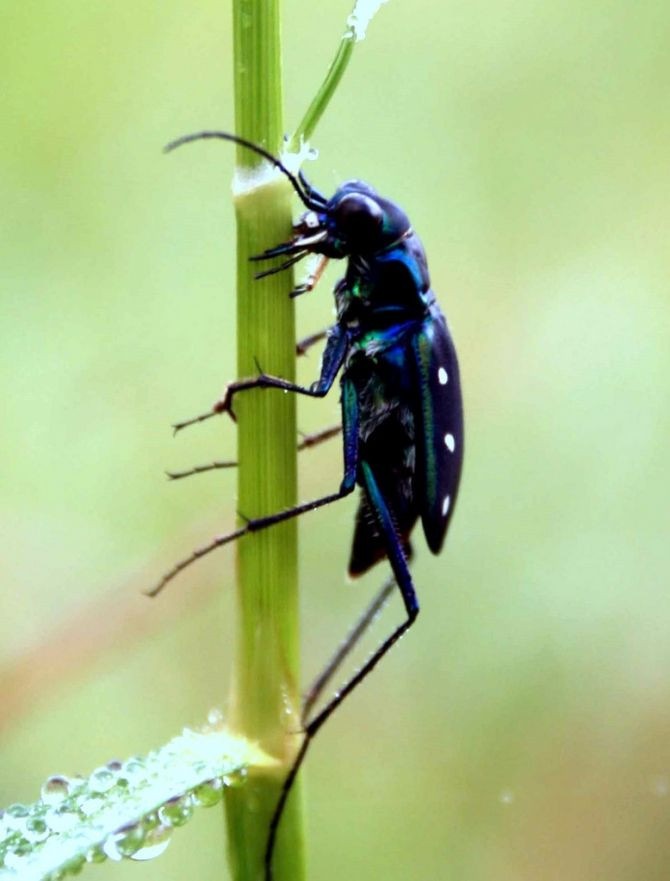Getting By Without Moving a Muscle: How Insect Joints Can Inspire Robotic and Prosthetic Limbs

A new study of insect limbs could have tremendous impact on robotics and prosthesis design.
By examining certain kinds of insect leg joints, scientists from the University of Leicester have determined that the joints' partial musculature is complemented by a variety of balanced "passive" forces that allow insects to perform their highly specialized motor functions. The team believes that the identified biomechanisms will provide novel concepts for engineers working with robotic and prosthetic limb development.
While previous research has recorded spring-like mechanism in leg joints, the new study revealed similar dynamic structures in virtually all the examined limb joints. The findings suggest that the motor system of these insects rely on a constant interplay between partial musculature and passive, non-muscular forces.
"It is well known that some animals store energy in elastic muscle tendons and other structures. Such energy storage permits forces to be applied explosively to generate movements that are much more rapid than those which may be generated by muscle contractions alone. This is, for example, crucial when grasshoppers or fleas jump," lead researcher Dr. Tom Matheson told Science Daily.
"Our work set out to identify how the biomechanical properties of the limbs of a range of insects influence relatively slow movements such as those that occur during walking, scratching or climbing. The surprising result was that although some movements are influenced by properties of the muscles and tendons, other movements are generated by forces that arise from within the joints themselves," he continued.
This crucial counterbalance between passive joint force and joint musculature indicate a neuronal control schema that differs vastly from that of most mammals. It would appear that insects, by relying on biomechanisms that go beyond regular muscle contractions, play by a completely different set of rules.
"We found that the passive joint forces really do counterbalance the stronger of the flexor or extensor muscle in the animals and legs we looked at. In the horsehead grasshopper, for example, passive joint forces even differ between the middle legs (which are primarily used for walking) and the hind legs (which are adapted for jumping), even in the same individual animal. In both pairs of legs, the passive joint forces support the weaker muscle," said first author Jan M. Ache, a Masters student at the University of Cologne. "This could be very important for the generation of movements in insects because the passive forces enable a transfer of energy from the stronger to the weaker muscle."
Matheson noted that the passive joint forces were not necessarily limited to insects, and that the findings may ultimately improve our understanding of motor skills in all animals.
"We hope that our work on locusts and grasshoppers will spur a new understanding of how limbs work and can be controlled, by not just insects, but by other animals, people, and even by robots," he concluded.



























